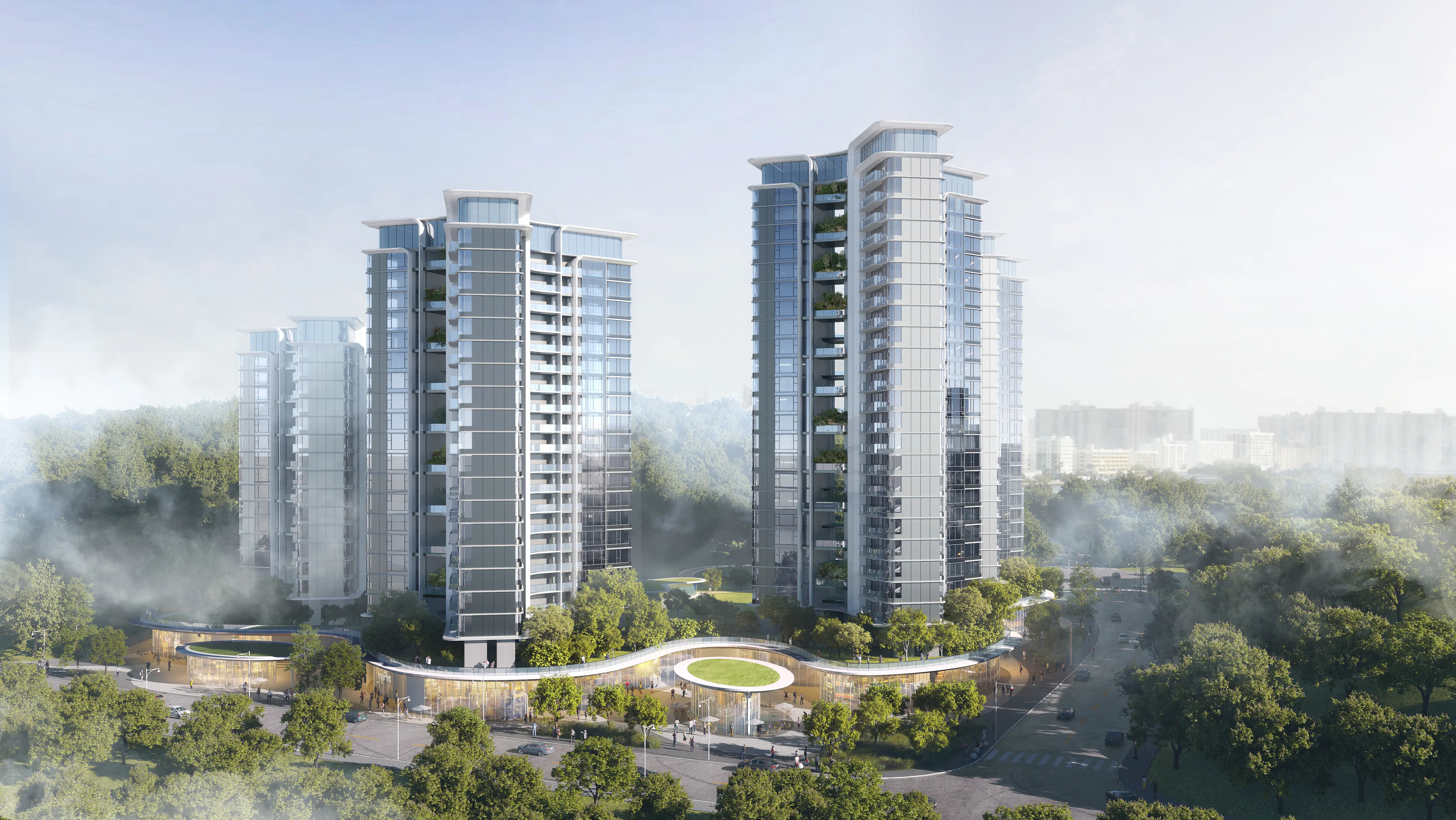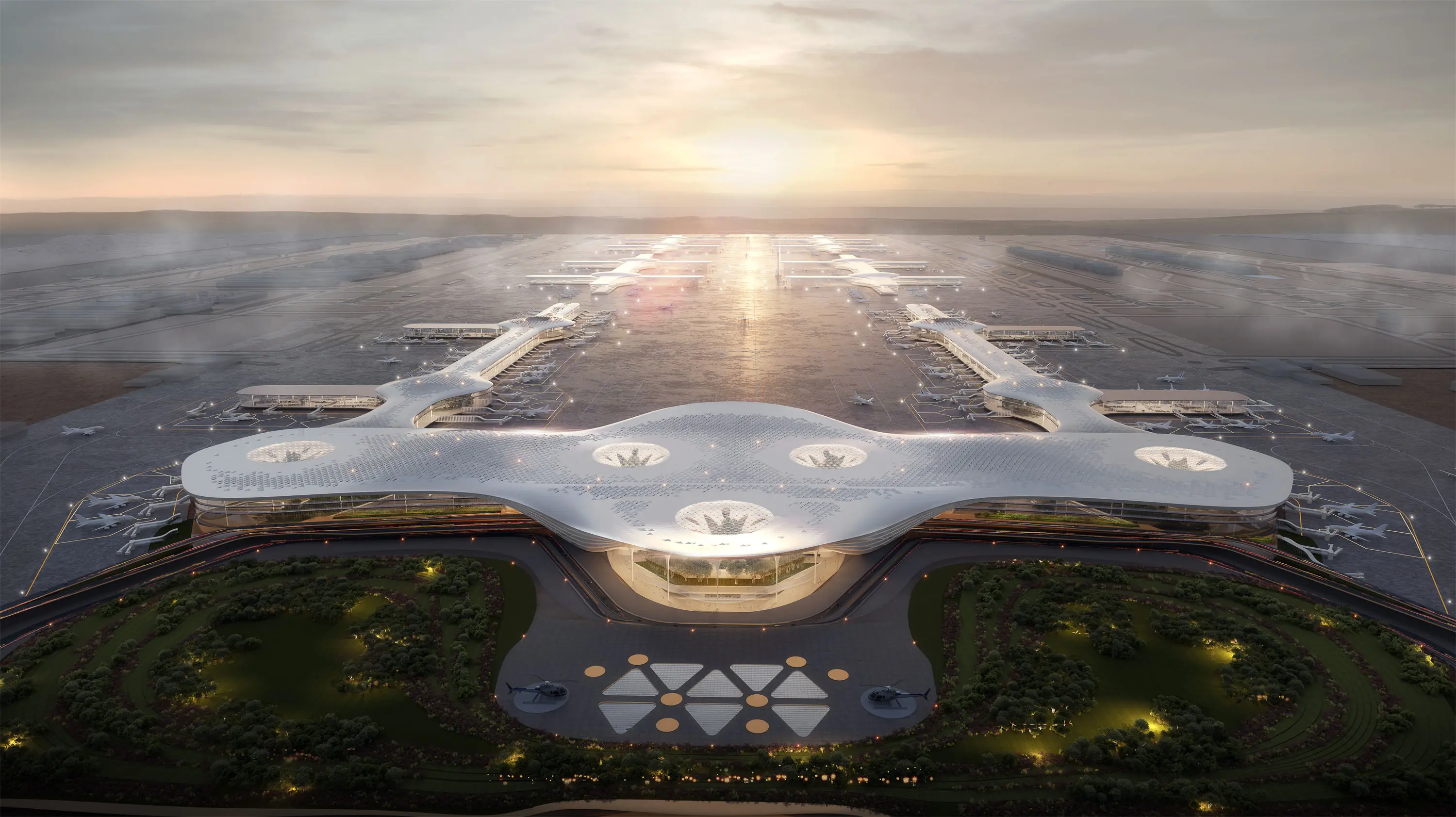Why use vr for architectural visualization?
In the process of architectural Design and project promotion, VR technology, with its unique advantages, has become an indispensable and important tool. Traditional architectural design mainly relies on two-dimensional media such as CAD drawings and3D renderings for presentation. It is difficult for designers and clients to intuitively perceive the spatial scale, circulation planning and detailed design, and it is easy for the design to be repeatedly modified due to understanding deviations. VR technology, with the help of 360° panoramic modeling and interactive devices, transforms architectural schemes into freely roaming virtual Spaces, making people feel as if they were in a real scene. Whether it is to experience the spatial layout of a residential living room or to examine the high ceiling design of a commercial complex atrium, this immersive experience can transform abstract drawings into concrete perceptions, effectively reducing communication costs.

VR also demonstrates strong capabilities in detail optimization. It can render materials and light and shadow effects in high resolution, allowing designers and clients to compare the visual presentation of different wall coatings and floor paving in real time at different times such as dawn and dusk, avoiding the effect gap caused by improper material selection. In complex projects, VR can also simulate the direction of mechanical and electrical pipelines, detect problems such as pipeline collisions in advance, and reduce the cost of demolition and modification during the construction stage. During the project negotiation stage, VR has revolutionized the traditional presentation model. Through interactive scene customization, clients can immediately observe the adjustment effects of the design plan, transforming from passive onlookers to active participants. This "what you see is what you get" experience has greatly enhanced clients' recognition of the design. In real estate sales, The customer conversion rate of projects displayed using VR has significantly increased.
From a construction perspective, the pre-construction simulation function of VR can help construction teams identify process conflicts and potential safety hazards in advance. Coupled with BIM technology, it can also statistically analyze material usage in real time, optimize the construction period, and effectively control project costs and schedules. With the rise of the metaverse and digital twin concepts, VR has become a key technology for building digital twins, achieving full-process digitalization such as construction progress monitoring and equipment status management. It can be said that VR technology not only brings about an innovation in design tools, but also a cognitive revolution. It breaks through the limitations of time and space, reshapes the models of architectural design, customer communication and construction management, and lays a solid foundation for the transformation of the construction industry towards intelligence and efficiency.
LIGHTS is a high quality 3D Rendering and Animation provider.


